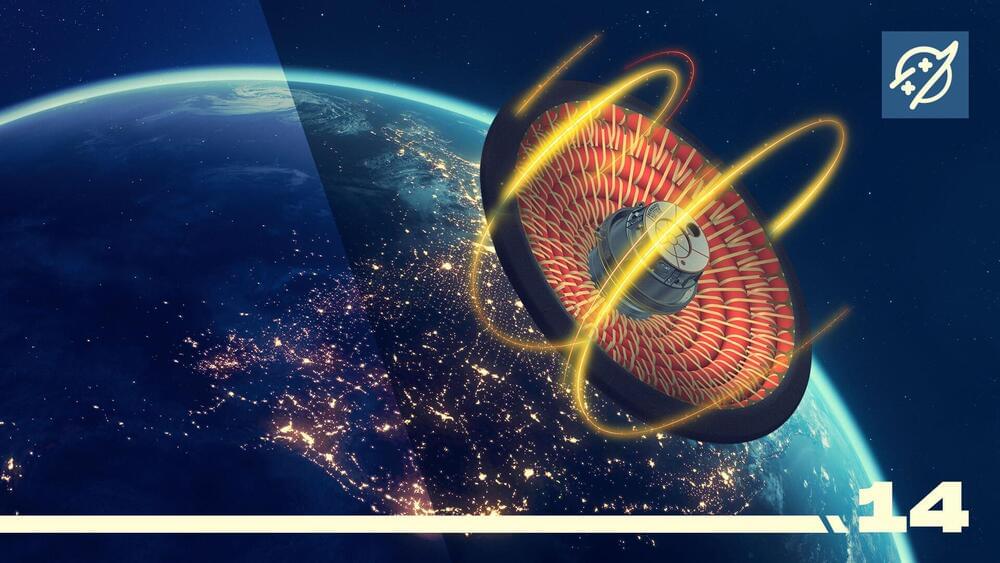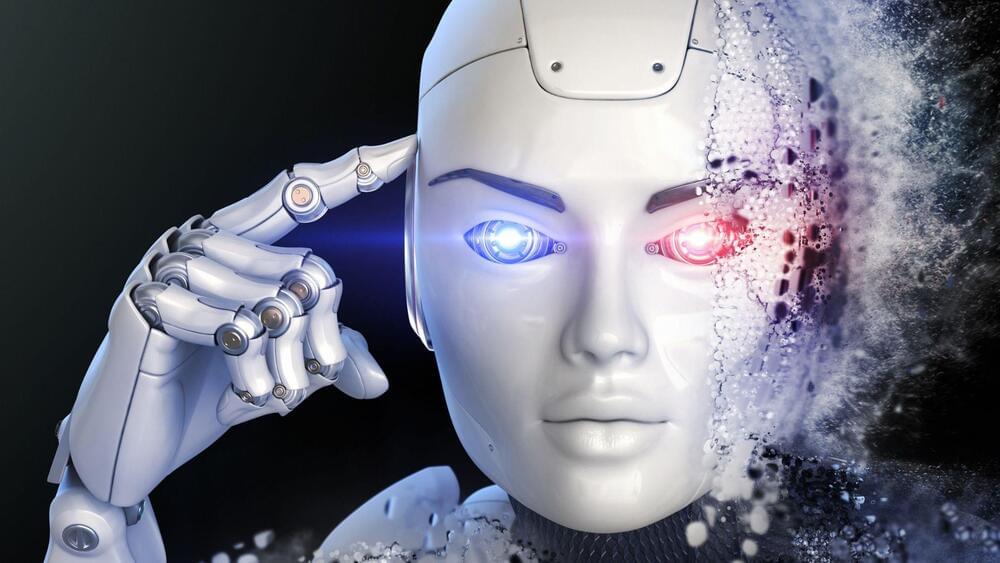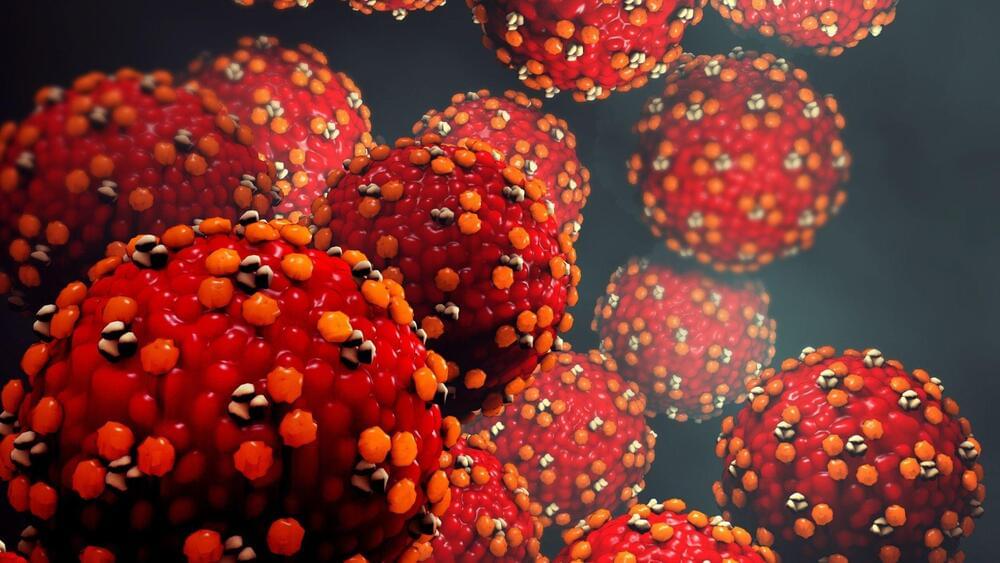Martin Baechle, Head of System Development Future Brake Systems, on why its new system is a “gamechanger”.
Continental has taken “significant” orders for its Future Braking System It claims this will change the way we think about braking systems forever.
The ultimate aim is “vision zero” — no traffic fatalities, injuries, or crashes.
This story first appeared in our subscriber-only weekly Blueprint newsletter. Receive exclusive interviews and analyses like this, direct to your inbox every Sunday, by subscribing to IE+.







